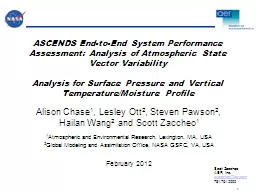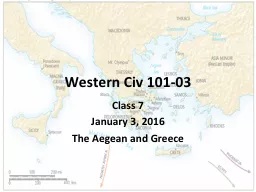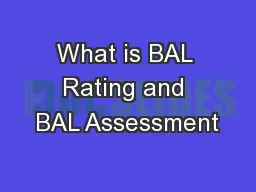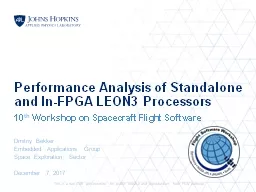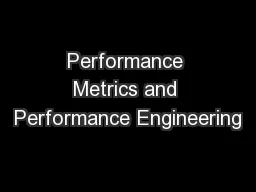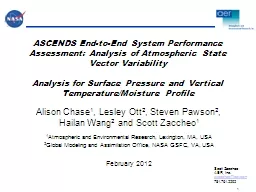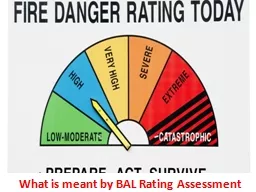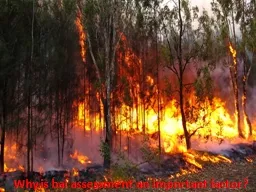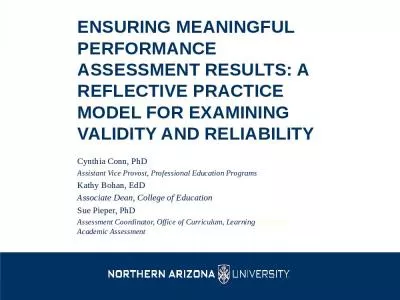PPT-ASCENDS End-to-End System Performance Assessment: Analysis
Author : natalia-silvester | Published Date : 2015-12-05
Analysis for Surface Pressure and Vertical TemperatureMoisture Profile Alison Chase 1 Lesley Ott 2 Steven Pawson 2 Hailan Wang 2 and Scott Zaccheo 1 1 Atmospheric
Presentation Embed Code
Download Presentation
Download Presentation The PPT/PDF document "ASCENDS End-to-End System Performance As..." is the property of its rightful owner. Permission is granted to download and print the materials on this website for personal, non-commercial use only, and to display it on your personal computer provided you do not modify the materials and that you retain all copyright notices contained in the materials. By downloading content from our website, you accept the terms of this agreement.
ASCENDS End-to-End System Performance Assessment: Analysis: Transcript
Download Rules Of Document
"ASCENDS End-to-End System Performance Assessment: Analysis"The content belongs to its owner. You may download and print it for personal use, without modification, and keep all copyright notices. By downloading, you agree to these terms.
Related Documents

